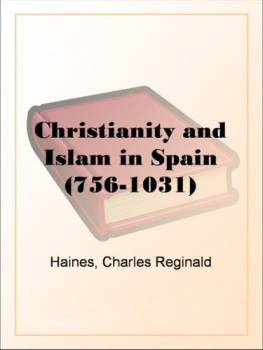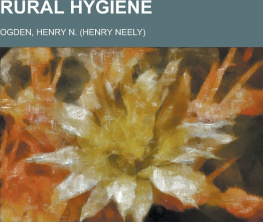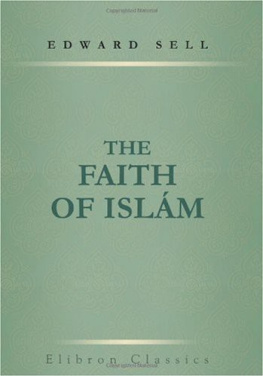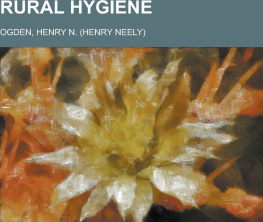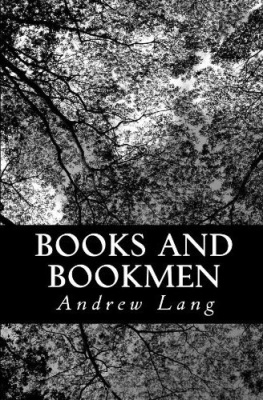LOCALITY.
We are in a West Coast village or township, cut off from all communication with the outer world, without Steamers, Railways, even Roads. We grow our own corn, produce our own beef, our mutton, our butter, our cheese, and our wool. We do our own carding, our spinning, and our weaving. We marry and are taken in marriage by, and among, our own kith and kin. In short, we are almost entirely independent of the more civilized and more favoured South. The few articles we do not producetobacco and teaour local merchant, the only one in a district about forty square miles in extent, carries on his back, once a month or so, from the Capital of the Highlands. We occasionally indulge in a little whisky at Christmas and the New Year, at our weddings and our balls. We make it, too, and we make it well. The Salmon Fishery Acts are, as yet, not strictly enforced, and we can occasionally shootsometimes even in our gardensand carry home, without fear of serious molestation, the monarch of the forest. We are not overworked. We live plainly but well, on fresh fish, potatoes and herring, porridge and milk, beef and mutton, eggs, butter, and cheese. Modern pickles and spices are as unknown as they are unnecessary. True, our houses are built not according to the most modern principles of architecture. They are, in most cases, built of undressed stone and moss (coinneach), thatched with turf or divots, generally covered over with straw or ferns held on by a covering of old herring nets, straw, and rope, or siaman.
The houses are usually divided into three apartmentsone door in the byre end leading to the whole. Immediately we enter, we find ourselves among the cattle. A stone wall, or sometimes a partition of clay and straw separates the byre from the kitchen. Another partition, usually of a more elegant description, separates the latter from the culaist, or sleeping apartment. In the centre of the kitchen a pavement of three or four feet in diameter is laid, slightly raised towards the middle, on which is placed the peat fire. The smoke, by a kind of instinct peculiar to peat smoke, finds its way to a hole in the roof called the falas, and makes its escape. The fire in the centre of the room was almost a necessity of the good old Ceilidh days. When the people congregated in the evening, the circle could be extended to the full capacity of the room, and occasionally it became necessary to have a circle within a circle. A few extra peats on the fire would, at any time, by the additional heat produced, cause an extension of the circle, and at the same time send its warming influences to the utmost recesses of the apartment. The circle became extended by merely pushing back the seats, and this arrangement became absolutely necessary in the houses which were most celebrated as the great Ceilidh centres of the district.
The Ceilidh rendezvous is the house in which all the folk-lore of the country, all the old sgeulachdan, or stories, the ancient poetry known to the bards, or Seanachaidhean, the old riddles and proverbs are recited from night to night by old and young. All who took an interest in such questions congregated in the evening in these centres of song and story. They were also great centres of local industry. Net-making was the staple occupation, at which the younger members of the circle had to take a spell in turn. Five or six nets were attached in different corners of the apartment to a chair, a bedstead, or to a post set up for the purpose, and an equal number of young gossippers nimbly plied their fingers at the rate of a pound of yarn a-day. Thus, a large number of nets were turned out during the winter months, the proceeds of which, when the nets were not made for the members of the household, went to pay for tobacco and other luxuries for the older and most necessitous members of the circle.
We shall now introduce the reader to the most famous Ceilidh house in the district. It is such as we have above described. The good-man is bordering on five-score. He is a bard of no mean order, often delighting his circle of admiring friends with his own compositions, as well as with those of Ossian and other ancient bards. He holds a responsible office in the church, is ground-officer for the laird as well as family bard. He possesses the only Gaelic New Testament in the district. He lives in the old house with three sons whose ages range from 75 to 68, all full of Highland song and story, especially the youngest twoJohn and Donald. When in the district, drovers from Lochaber, Badenoch, and all parts of the Highlands find their way to this noted Ceilidh house. Bards, itinerants of all sorts, traveling tinkers, pipers, fiddlers, and mendicants, who loved to hear or tell a good story, recite an old poem or compose a modern one, all come and are well received among the regular visitors in the famous establishment. In the following pages strangers and local celebrities will recite their tales, those of their own districts, as also those picked up in their wanderings throughout the various parts of the country.
It was a condition never deviated from, that every one in the house took some part in the evenings performance, with a story, a poem, a riddle, or a proverb. This rule was not only wholesome, but one which almost became a necessity to keep the company select, and the house from becoming overcrowded. A large oak chair was placed in a particular spotwhere the sun rosethe occupant of which had to commence the evenings entertainment when the company assembled, the consequence being that this seat, although one of the best in the house, was usually the last occupied; and in some cases, when the house was not overcrowded, it was never occupied at all. In the latter case, the one who sat next to it on the left had to commence the evenings proceedings.



